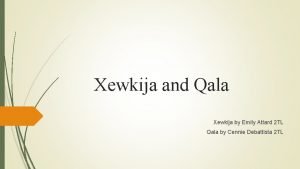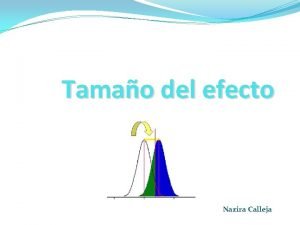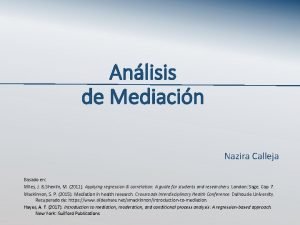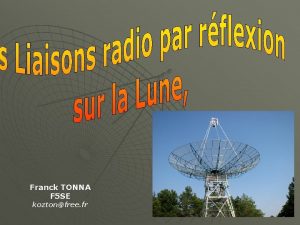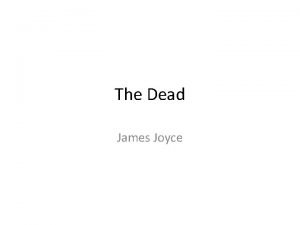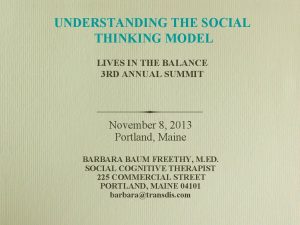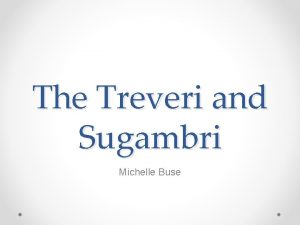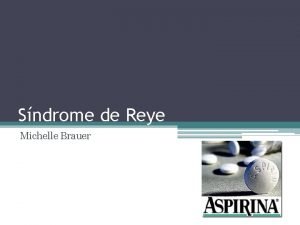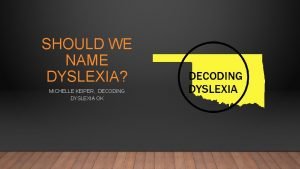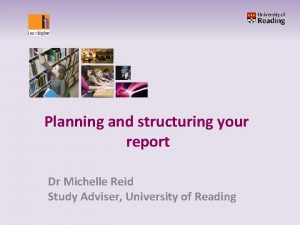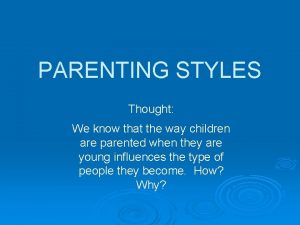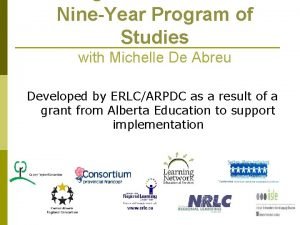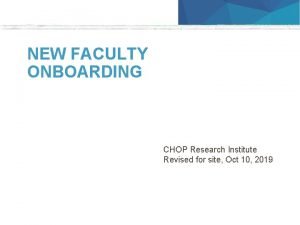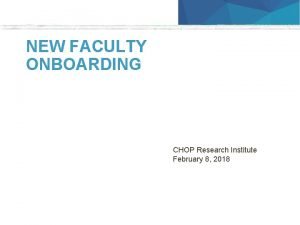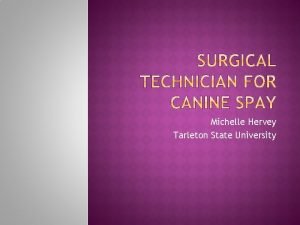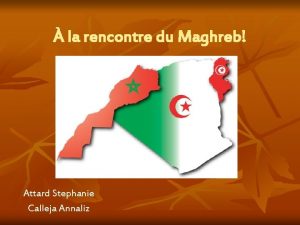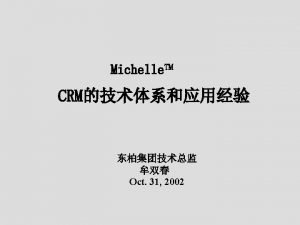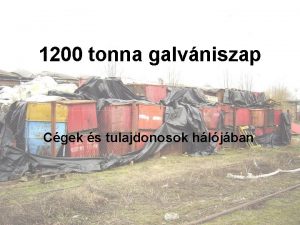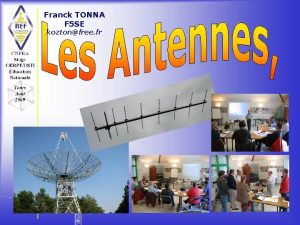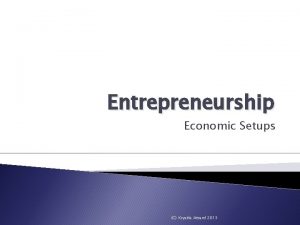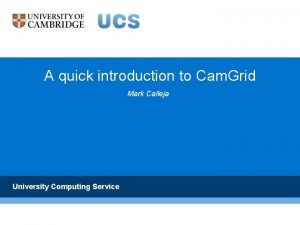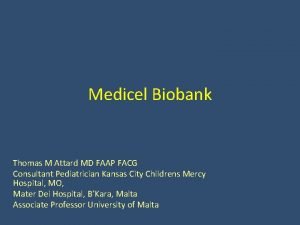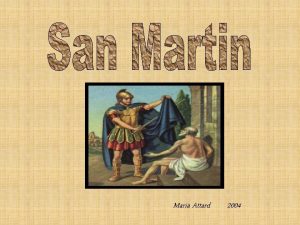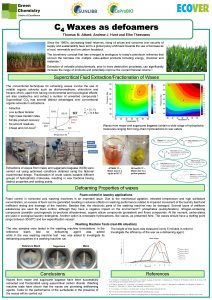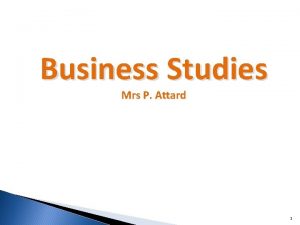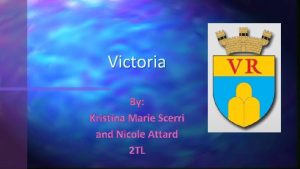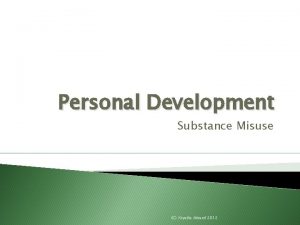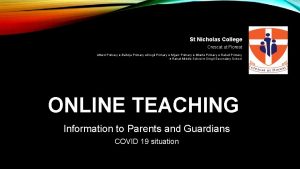Introduction UM James Calleja Michelle Attard Tonna Michael
























- Slides: 24

Introduction UM James Calleja Michelle Attard Tonna Michael Buhagiar Therese Camilleri ITS Mariah Debono

Who are we? University of Malta ü 250 years old ü 14 faculties and a number of institutes and centres ü 11, 500 students The Faculty of Education ü Set up in 1978 ü Over 70 full-time academic members of staff and numerous part-timers ü 9 departments including DELLI and TEE ü Focus on teacher education ü Main institution in Malta offering training and development for teachers ü Contributes to ongoing and international debates and research on education

Who are we? ü Malta’s main Tourism and Hospitality educational institution ü Offers programmes ranging from Foundation (MQF Level 2) to Masters Degree (MQF Level 7) ü Specialised labs and kitchens for a theoretical and practical education

VET in Malta VET in secondary schools (11 -16 years) ü Working on the principle of parity of esteem ü 5 VET subjects were introduced in mainstream secondary schools in 2014 (increased to 9 by 2020) ü In 2019: 130 teachers and 1700 students VET in further education (17+ years) ü 2 institutions providing VET (MCAST and ITS) ü MCAST: 520 lecturers and 10, 000 students ü ITS: 46 lecturers and 808 students

VET subjects offered in ITE at UM ü Hospitality ü Health & Social Care ü Engineering Technology ü Information Technology ü Agribusiness ü Media Literacy ü Retail ü Fashion & Textiles ü Hairdressing & Beauty

What do we bring to the project? We contribute insights about: ü Our experience of lesson studies conducted over the past 3 years in different school subjects and across different schools ü Continuing professional development of teachers ü Mentoring of teachers in the different stages of their career trajectories ü Research on teacher learning, including lesson study and VET ü A VET teacher education programme ü International VET network with universities and associations

Our Expectations from LS 4 VET ü Extending lesson study in Malta to VET subjects ü Developing lesson study CPD programme for VET educators ü Networking with international colleagues interested in lesson study ü Co-authoring international publications ü Promoting Collaborative Lesson Study Malta (CLe. Stu. M) programme – www. clestum. eu

Contact details UM James Calleja Michelle Attard Tonna Michael Buhagiar Therese Camilleri ITS Mariah Debono james. j. calleja@um. edu. mt michelle. attard-tonna@um. edu. mt michael. buhagiar@um. edu. mt therese. camilleri@um. edu. mt mariah. debono@its. edu. mt

Presentation IO 3: LS 4 VET Storyboard and Toolkit James Calleja (Coordinator) For UM

Aim and Tasks of IO 3 Aim Create a LS 4 VET Storyboard and Toolkit, which will guide the piloting of the adaptation of lesson study for VET (LS 4 VET) in the partner VET schools Task IO 3 – A 1: Designing a LS 4 VET Storyboard (UAS) IO 3 – A 2: Creating a LS 4 VET Toolkit (PHNÖ ) IO 3 – A 3: Designing the methodology and toolkit of mentoring/monitoring the piloting of LS 4 VET (UM) IO 3 – A 4: Designing a LS 4 VET Storyboard (ITStudy) IO 3 – A 5: Finalising the LS 4 VET Storyboard and Toolkit (ELTE)

Deadline and Milestones Deadline May 2022 – March 2023 Milestones IO 3 – A 1: July 2022 IO 3 – A 2: August 2022 IO 3 – A 3: August 2022 IO 3 – A 4: February 2023 IO 3 – A 5: March 2023

Activities, Working Methods and Risks IO 3 – A 1: Designing a LS 4 VET Storyboard Core partner: UAS Participants: All partners reviewing Working method: Research; consulting with stakeholders; consideration of contextual factors; and reviewing, editing and coordination of translation Risks: Lack of cooperation between partners; access to stakeholders and insufficient literature of LS in VET IO 3 – A 2: Creating a LS 4 VET Toolkit Core partner: PHNÖ Participants: All partners reviewing Working method: Research; adaptation of materials; reviewing, editing and coordination of translation Risks: Lack of cooperation and agreement on format of templates between partners IO 3 – A 3: Designing the methodology and toolkit of mentoring/monitoring the piloting of LS 4 VET Core partner: UM Participants: All partners reviewing Working method: Research; ethical, logistical and practical consideration; adaptation of material to suit the newly designed toolkit; coordination with partners, and reviewing, editing and coordination of translation Risks: The need to think also about the design as publishable material

Activities, Working Methods and Risks IO 3 – A 4: Piloting LS 4 VET by teachers/trainers in VET schools Core partner: ITStudy Participants: All partner VET schools piloting & all other partners mentoring and monitoring Working method: Coordination of teachers and trainers through a number of meetings; written guidelines; implementation of the piloting stage respecting recommended timeframes; mentoring and monitoring of piloting stage by expert partners; providing feedback on lesson studies Risks: Covid situation and its aftermath may impact on schools’ disposition to participate; timeframe may not be ideal for schools (we suggest this period is extended until April 2022) IO 3 – A 5: Finalising the LS 4 VET Storyboard and Toolkit Core partner: ELTE Participants: All partners reviewing Working method: Reading of reports and eliciting insights from teachers and trainers; modifying and finalising storyboard and toolkit; and engaging critical friends to review storyboard and toolkit Risks: Potential delays of previous tasks may postpone this task; feedback may not be rich enough to enhance toolkit; feedback may be conflicting/contradictory to original plan and we may need to review intensively

Type and Language of the Final Results Text document – circa 5 A 4 pages (in EN, HU, DE, NL) Templates including 5 -10 digital tools – e. g. Google forms and drive, Mentimeter, Kahoot, Doodle (in EN, HU, DE, NL)

Task Distribution for Involved Partner and Forms of Collaboration The tasks leading to the production of the LS 4 VET Storyboard include: IO 3 – A 1: Designing a LS 4 VET Storyboard (UAS) ü Task: Preparing a LS Storyboard for piloting LS 4 VET ü Collaboration: Asking partners to give access to literature/documents from their contexts; meeting with all partners; potential communication with other stakeholders (local and external) IO 3 – A 2: Creating a LS 4 VET Toolkit (PHNÖ ) ü Task: Preparing templates of all documents (digital tools) used during piloting of LS 4 VET in VET schools (e. g. : lesson plans, observation protocols, evaluation/assessment documents etc. ) ü Collaboration: Presentation and discussion of proposed templates in a designated meeting

Task Distribution for Involved Partner and Forms of Collaboration IO 3 – A 3: Designing the methodology and toolkit of mentoring/monitoring the piloting of LS 4 VET (UM) ü Task: Design methodology and toolkit, that is, guidelines and document templates – monitoring reports, observation protocols etc. ) to be used by expert partners during their mentoring/ monitoring of the piloting of LS 4 VET ü Collaboration: Discussion of proposed methodology; discussion of defined stakeholders; discussion of a sample of templates and guidelines in an ad hoc online meeting or online platform IO 3 – A 4: Designing a LS 4 VET Storyboard (i. TStudy) ü Task: Piloting the adaptation of LS 4 VET by the partner schools (one LS team of 3 -10 teachers). Pilot implemented using LS 4 VET storyboard and toolkit. The piloting process will be closely monitored by the expert partners who will also mentor by facilitating LS meetings and observing and providing constructive feedback on LS ü Collaboration: Defining the crucial aspect of the piloting phase and agreeing upon them; developing feedback protocols; agreeing with expert partners on the kind of support expected of them

Task Distribution for Involved Partner and Forms of Collaboration IO 3 – A 5: Finalising the LS 4 VET Storyboard and Toolkit (ELTE) ü Task: Finalising the LS 4 VET Storyboard and Toolkit based on final reports of VET teachers/trainers piloting LS 4 VET and mentoring/monitoring reports ü Collaboration: Partners to communicate the salient points in English; discussing and agreeing upon the final version of storyboard and toolkit with all partners

Indicators, Testing (if relevant) and Evaluation The outcomes will be as follows: IO 3 – A 1: Designing a LS 4 VET Storyboard (UAS) ü Indicators: Adhering to timeframe; response from partners and stakeholders; progress of task ü Evaluation: Internal (UM evaluation) and possible external IO 3 – A 2: Creating a LS 4 VET Toolkit (PHNÖ ) ü Indicators: Adhering to timeframe; response from partners and stakeholders; progress of task ü Evaluation: Internal (UM evaluation) and possible external IO 3 – A 3: Designing the methodology and toolkit of mentoring/monitoring the piloting of LS 4 VET (UM) ü Indicators: Toolkit to fulfil success criteria as outlined in a designated rubric ü Evaluation: Internal (UM evaluation) against designated rubric

Indicators, Testing (if relevant) and Evaluation IO 3 – A 4: Designing a LS 4 VET Storyboard (ITStudy) ü Indicators: Receipt of reports and plans from VET teachers and trainers ü Evaluation: Internal process by partners with their respective schools IO 3 – A 5: Finalising the LS 4 VET Storyboard and Toolkit (ELTE) ü Indicators: Presenting the storyboard and toolkit in publishable form ü Evaluation: Internal (UM evaluation) and external evaluation of storyboard and toolkit

Presentation IO 1 – A 4: Activity Identifying needs for pedagogical change James Calleja (Coordinator) For UM

Task, Objective and Outcome Task Designing and creating a multilingual (EN, HU, DE and NL) teacher/trainer questionnaire for an online survey of the teachers/trainers working in the four participating VET schools Objective To identify needs for pedagogical, methodological improvement, teachers/trainers’ familiarity with learner-centred, active learning, digital and other 21 st century skills, and their current engagement in teacher collaboration activities, in order to focus the topics of the e-learning modules to be developed in IO 2 - A 2 Outcome A descriptive statistical analysis of circa 15 -20 pages (standard A 4) will be prepared in English

Timeline Design of questionnaire Questionnaire ready by end of February 2021 Translations of questionnaire and data collection Ready by end of March 2021 Analysis and report writing (see outcome) Ready by end of April 2021

Proposed design process 1. Review literature on pedagogy and teaching methods, teachers/trainers’ familiarity with learner-centred, active learning, digital and other 21 st century skills, and their current engagement in professional collaboration activities 2. Consult partners (using online platform) on questionnaire items 3. Develop questionnaire 4. Send questionnaire for feedback from partners 5. Pilot questionnaire with VET teachers (not ITS) from Malta 6. Finalise questionnaire

Ethical clearance ü Each partner to check ethical procedures in place in own country so that ethical clearance to answer questionnaire is obtained by end of February 2021 ü Ethical clearance is the responsibility of each individual partner
 Emily attard
Emily attard Tamaño de efecto cohen
Tamaño de efecto cohen Dde attard
Dde attard Nazira calleja
Nazira calleja Importancia de la validez y confiabilidad de un instrumento
Importancia de la validez y confiabilidad de un instrumento Hall tonna values map
Hall tonna values map Franck tonna
Franck tonna Michael faraday and james clerk maxwell
Michael faraday and james clerk maxwell James michael stewart
James michael stewart Criminal profiling serial killers
Criminal profiling serial killers James russell odom and james clayton lawson
James russell odom and james clayton lawson Summary of the dead by james joyce
Summary of the dead by james joyce Double interview michelle garcia winner
Double interview michelle garcia winner Sigambri
Sigambri Michelle rohl
Michelle rohl Michelle taylor xxx
Michelle taylor xxx Michelle keiper
Michelle keiper Dr michelle reid husband
Dr michelle reid husband Terri tassie
Terri tassie Michelle wilkins dr phil
Michelle wilkins dr phil Michelle de abreu
Michelle de abreu Chop irb
Chop irb Chop talent acquisition contact
Chop talent acquisition contact Sinus rhythm
Sinus rhythm Michelle woolfolk
Michelle woolfolk
